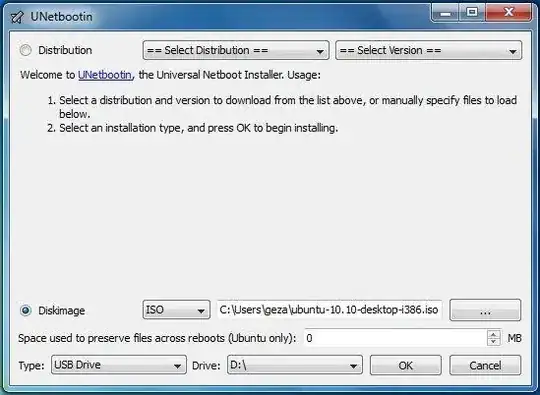I'm a Windows and Android/Java programmer with no recent Linux experience. I want to help out some people doing Android development running Eclipse under Ubuntu. So I want to get up to speed on Ubuntu but I don't want to repartition or otherwise alter my Windows PC's hard drive.
I understand it's possible to make an external USB device like a flash drive (or external hard drive??) into a bootable Ubuntu environment. There are hundreds of "how to's" about this all over the web but in the "comments" section of many of them people say, "no don't do it that way, do it this other way..."
So I'm confused. Is there a simple, foolproof way to plug in a thumb drive (or USB harddrive???) into an otherwise-Windows PC and boot into Ubuntu Linux so I can do real work and install real applications and have a real file system, etc, etc, in that environment, without modifying my Windows PC?
Ken is correct - I need a writable, persistent file system since I will be installing Eclipse and doing Android development. Is there any place I can get a sense of the pros and cons of Virtual Box -vs- unetbootin? In the latter, does the file system (for my apps and files) also live on the USB stick? Is Virtual Box stable enough for a production environment? Thanks in advance, again.
